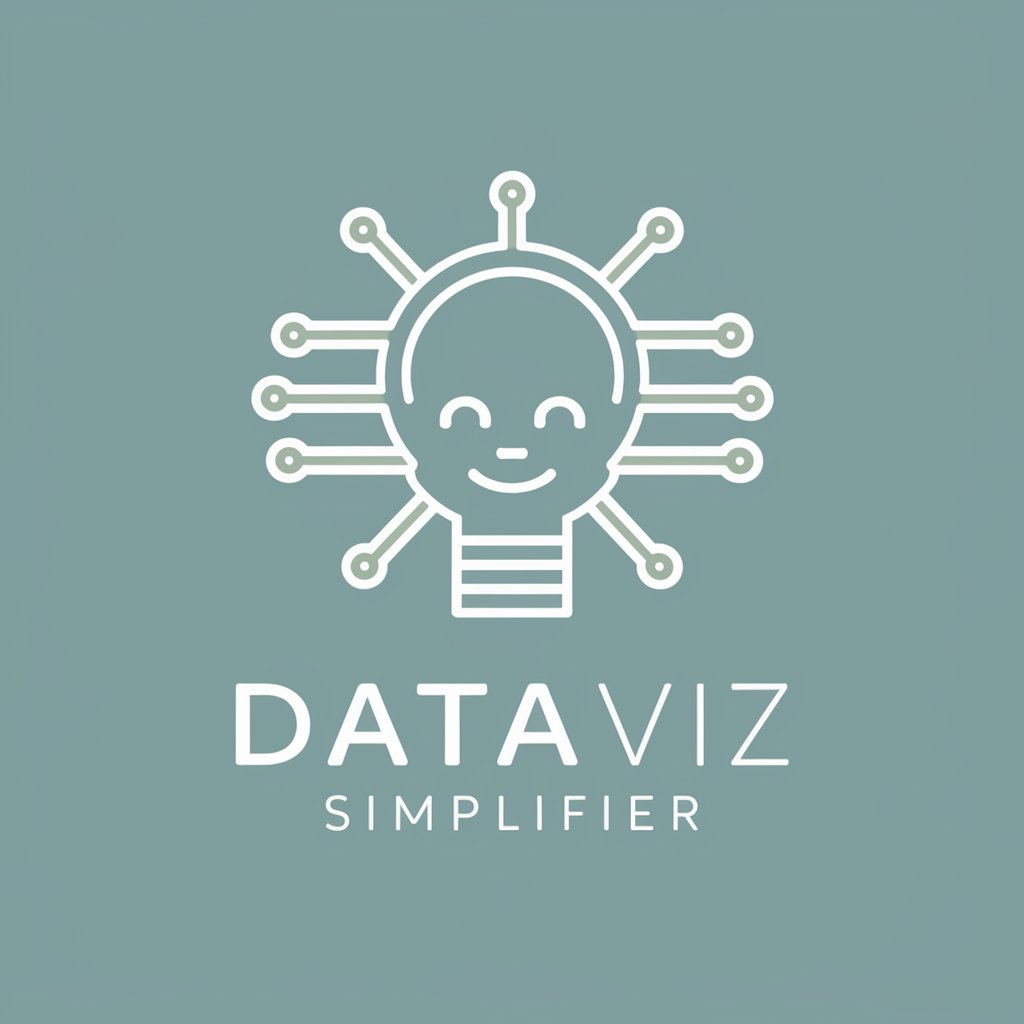Data Eco Analyst - Environmental Data Analysis

Welcome! Let's dive into environmental data analysis and reporting.
Empowering Environmental Insights with AI
Analyze climate change trends in this data.
Identify patterns in biodiversity data.
Explain the impact of pollution from these findings.
Assess renewable energy potential from this data.
Get Embed Code
Overview of Data Eco Analyst
Data Eco Analyst is designed as a specialized analytical tool focusing on environmental data analysis to aid in understanding and addressing critical issues related to climate change, biodiversity, pollution, and renewable energy. Its core functionality is rooted in processing and interpreting vast datasets, including satellite imagery, sensor network data, and results from ecological surveys. Through trend identification, pattern recognition, and predictive modeling, it offers insights into environmental changes and potential impacts. For instance, Data Eco Analyst can analyze deforestation rates in the Amazon Rainforest by processing satellite imagery over time, identifying patterns of change, and predicting future deforestation trends. Similarly, it can assess urban air quality by analyzing pollutant sensor data, providing insights into pollution sources and trends, and suggesting mitigation strategies. Powered by ChatGPT-4o。

Core Functions of Data Eco Analyst
Trend Identification
Example
Analyzing temperature and precipitation data over decades to identify global warming trends.
Scenario
Environmental researchers use this function to understand climate change impacts on various ecosystems, helping to inform conservation efforts and policy development.
Pattern Recognition
Example
Identifying patterns in the migration of endangered species using satellite tracking data.
Scenario
Wildlife conservation organizations apply this function to develop strategies for habitat protection and to enhance the effectiveness of conservation programs.
Predictive Modeling
Example
Forecasting future pollution levels in urban areas based on current emissions data and urban development trends.
Scenario
City planners and environmental policy makers use predictive models to create more sustainable urban development plans and to implement policies that will reduce future pollution.
Data Visualization
Example
Creating interactive maps and graphics to illustrate the extent of ice melt in polar regions.
Scenario
Educational institutions and public awareness campaigns leverage these visualizations to communicate the urgency of climate action to a wider audience.
Target User Groups for Data Eco Analyst
Environmental Researchers
Scientists and researchers focusing on climate change, biodiversity, and ecosystem health. They benefit from Data Eco Analyst's advanced data analysis capabilities to conduct research, publish findings, and influence policy.
Policy Makers and Government Agencies
Officials involved in environmental policy, planning, and regulation. They use insights from Data Eco Analyst to inform policy decisions, develop regulatory strategies, and monitor environmental compliance.
Environmental Advocacy Groups
Organizations dedicated to environmental protection and advocacy. They utilize the tool to gather evidence, raise public awareness, and drive environmental campaigns based on scientific data.
Educational Institutions
Schools, universities, and research institutions teaching and studying environmental science. Data Eco Analyst provides a resource for educational materials, research projects, and fostering a deeper understanding of environmental issues.

How to Use Data Eco Analyst
Begin Your Journey
Visit yeschat.ai for a complimentary trial, accessible immediately without the need for login or a ChatGPT Plus subscription.
Identify Your Goals
Define your objectives, whether it's analyzing climate trends, assessing biodiversity, exploring renewable energy data, or investigating pollution levels.
Upload or Access Data
Provide access to relevant environmental data, which can include satellite imagery, sensor network outputs, or ecological survey results.
Utilize Analysis Tools
Apply the platform's analytical tools to identify trends, recognize patterns, or engage in predictive modeling, tailored to your specific requirements.
Interpret and Apply Insights
Leverage the generated insights to inform decisions, support academic research, guide policy-making, or drive environmental initiatives.
Try other advanced and practical GPTs
Tech Insighter
Illuminate tech trends with AI precision

EduKid Creator
Empowering young minds with AI-driven learning.

Market Maven
AI-Powered Market Intelligence at Your Fingertips

Polyglot Pal
Empowering language learning with AI.

Copywriting Optimizer
Elevate Your Words with AI Precision

Artistic Symphony
Empowering Creativity with AI

News Insight Analyst
Unlock Insights with AI-Driven News Analysis

Global Oddity Explorer
Unveiling the past's peculiar tales through AI.

Scholarly Assistant
Empowering Research with AI Intelligence

Creative Writing Coach
Empowering Your Creative Journey with AI

DataViz
Transform Data into Insightful Visuals

Tech Translator Pro
Translating Technology with AI Precision

Frequently Asked Questions About Data Eco Analyst
What kind of data can Data Eco Analyst handle?
Data Eco Analyst is capable of processing a wide array of environmental data, including satellite imagery, outputs from sensor networks, and results from ecological surveys. It's designed to handle complex datasets to facilitate in-depth analysis of climate change, biodiversity, pollution, and renewable energy.
Can Data Eco Analyst predict environmental trends?
Yes, through its advanced analytical tools and algorithms, Data Eco Analyst can identify patterns and predict future environmental trends. This predictive capability supports planning and decision-making processes in various sectors, including environmental policy, conservation, and renewable energy development.
How does Data Eco Analyst support academic research?
Data Eco Analyst offers robust tools for data analysis and visualization, making it an invaluable resource for researchers. It aids in the exploration of complex environmental issues, enhances the understanding of ecological data, and contributes to the development of scientific papers and reports.
Is Data Eco Analyst suitable for policy-makers?
Absolutely. Policy-makers can use Data Eco Analyst to access, analyze, and interpret environmental data, facilitating informed decision-making. The platform's insights can guide the development of effective environmental policies, regulations, and strategies.
What makes Data Eco Analyst unique?
Data Eco Analyst stands out due to its specialized focus on environmental data, coupled with AI-powered analysis tools. It's designed to simplify complex datasets, making it easier to generate actionable insights for a wide range of users, from scientists and policy-makers to environmental enthusiasts.
